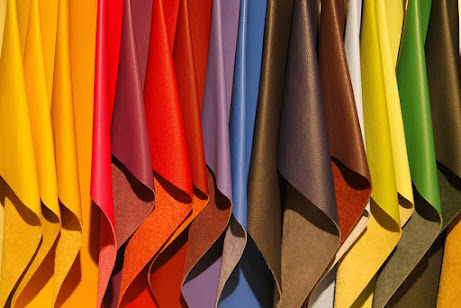Selecting and purchasing a leather jacket may be a difficult process. It is an expensive piece of outerwear and it is very difficult to assess eminence or suitable when looking online. There is also tons of technical jargon used, mostly inside descriptions of leather garment that usually is not clarified.
So we decide to write this buying guide aiming to help you in your leather garment research. We will proceed by unfolding the types of leather consumed in garments production and what their strong point and weak points are. Then we will continue to discuss numerous classes that are out there in the market. Some styles suit specific body figures and that we will clarify why. Except for style, there are exceptional reasons why certain features seem on leather jackets. We will endure those so you can recognize what to look for, and more decisively, what not to.
And in end, we will focus on some valued advice that is able to guide you to judge the amount of care and quality that have gone into the manufacturing of the leather garment.
In the end, we hope solely that you will feel self-assured that you can make an informed buying decision.
Kinds of Leather Consumed in Jackets and other Garments
We are often inquired, 'which is the best quality leather for a jacket?' The annoyingly indefinite reply is, 'whichever suits the style and performance of the jacket is best' this is often a crucial point. The kind of leather used must always be hooked into the design and purpose of the leather garment. Look for sellers who use only one type of leather overall in their leather jackets. It’s clear that they do not completely understand the sensitivity and characteristics of the garment.
The main difference between leather types obtains from the animal that the hide came from. The thumbs up rule is that the larger the animal, the thicker and denser the leather.
Cow and Buffalo Leather – This is the toughest type of hides that are utilized in shoes, furnishings leather as jackets, and other accessories. The leather is on the other side offers marvelous scratch resistance and defense but at the expense of weight, drape, and luxury. You may often find it utilized in motorcycle protective wear. And biker styles where robustness is the only critical concern. Jackets fabricated from cowhide can take an extended time to wear. In between the two, buffalo leather has more grain than cow leather.
Lamb and Sheep Leather - Greater grain more flexible and lighter weight than cow leather but still tough and considerable, this leather is usually described as having a 'buttery' feel. Sheepskin offers decent stability between comfort, style, and strength. They particularly suit jacket styles where flexibility is vital like bomber jackets, coats, and reefers.
Type of Leather Finishing
Once you've recognized the kind of leather, the next step is to look at the tanning procedure that has been implemented to the leather. Different processes create distinct finishes that affect the handle and also the look of the leather.
Nappa/Napa Leather Finishing – It is a lengthy and difficult tanning process applied to full grain sheep or lambskin that ends up in brilliant softness, flexibility, and durability. A hide that's described as Nappa is therefore amongst the best grade of leather that may be achieved but is respectively expensive. Any garment that claims to be manufactured from Nappa leather and is retailing for fewer than $150 should be viewed with some skepticism.
Aniline Leather Finishing - This finishing is often treated with aniline, a translucent chemical which lets the leather to be colored and become softer without concealing the natural tones and shades and blemishes of the leather. It applied to a cow, buffalo, and sheep hides and produces a natural, mottled look that also lets the skin breathe. Mainly good for brown and tan leather jackets.
Nubuck Finishing - During this process, the best layer of full grain leather is buffed or very finely sanded to provide a soft, velvety finish just like suede. However, the standard is way higher than the price. Nubuck leather jackets are more at risk of water staining and so have the benefit of waterproof finishes.
Suede Leather Finishing - During this process the underside of the leather is used. This can be more fibrous with a matt, napped finish but lacks the sturdiness of the leather. Like Nubuck, it is vulnerable to discoloration when in touch with water unless a treatment has been applied.
Split Leather Finishing - Used as a price-cutting measure, the best layer of the hide is sliced away leading to two thinner layers. It allows some sellers to sell leather jackets at a very low price whilst still claiming it as 'leather'. Avoid.

Comments
Post a Comment